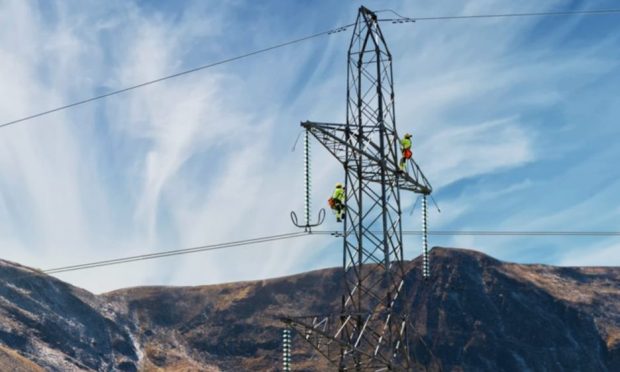Low-paid workers around the UK who have lost income during the pandemic have also missed out on employer pension contributions estimated to be worth a total of £122 million.
The figure was calculated by pensions specialist Scottish Widows, which has called for reforms so those forced to opt out of auto-enrolment to make ends meet will continue to receive contributions from their employers.
Those on lower incomes – and less likely to have worked at home during the pandemic – have seen their finances hit hard, and are leaning on savings to cover bills and short-term needs.”
Scottish Widows, part of Lloyds Banking Group, said low-paid workers had faced growing financial pressure during the Covid-19 crisis, leaving them with a stark choice between paying their bills and saving for the future.
Its research among people who normally earn between £10,000 and £20,000 a year found nearly one-third (31%) have suffered a decline in their finances, with almost one in five (18%) seeing a drop in income.
This has compounded worries about retirement, with more than half (54%) concerned about running out of money in their later years and nearly one-quarter (23%) expecting to work until they drop.
In its latest Retirement Report, Edinburgh-based Scottish Widows warned the total loss of pension savings could be as much as £325m because of missed personal contributions.
Pete Glancy, head of policy, Scottish Widows, said: “Covid-19 has had a massive impact on the nation’s finances, particularly on those who were already struggling financially.
“Those working from home have benefited from reduced commuting costs and everyday expenses, allowing them to boost their savings.
“But those on lower incomes – and less likely to have worked at home during the pandemic – have seen their finances hit hard, and are leaning on savings to cover bills and short-term needs.”
Positive effect of auto-enrolment reducing
Despite challenges presented by the pandemic, the proportion of people saving adequately for retirement – those putting away the recommended minimum 12% − has reached a record high of 61% this year, Scottish Widows said.
This progress is being driven by young savers, with 6% more 30–39-year-olds now saving adequately, compared to last year.
Scottish Widows said this was due to a reduction in living costs, as well as the UK Government’s decision to continue supporting pension payments through the Coronavirus Job Retention Scheme for those working in the worst affected sectors.
But the positive impact of auto-enrolment has started to plateau in recent years and “fresh thinking” is needed to make sure progress is continued,” Scottish Widows said.
Mr Glancy added: “The habit of saving for retirement has proved to be incredibly resilient, given the financial pressures people have faced over the past year, and even a modest growth of 1% is positive news.
“But this also comes with a health warning – the positive impact of auto-enrolment has plateaued and we’re unlikely to see the number of people saving dramatically increase in the years ahead.
What is automatic enrolment for employees?
“While 12% of earnings going into your pension will provide a basic standard of living in retirement, a minimum of 15% is more realistic for anyone hoping to enjoy a more comfortable retirement.
“And there are great swathes of the working population – for example, the self-employed and those earning less than £10,000 – for whom auto-enrolment doesn’t apply. A radical rethink is now required to tackle the post-pandemic challenges.”
The research was carried out online by YouGov among 5,059 adults between March 23 and April 3.
All change at M&S Bank after Covid-19 accelerates trend for using services online












